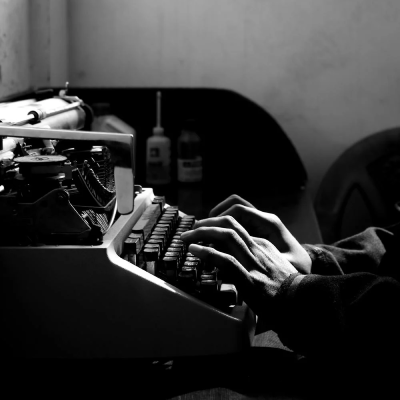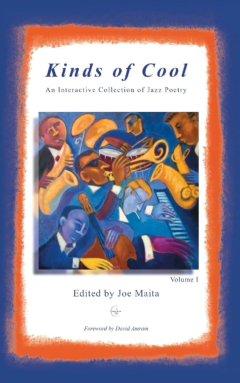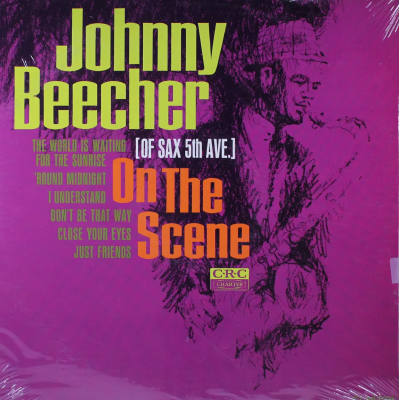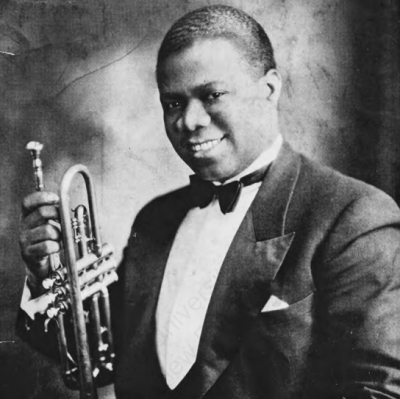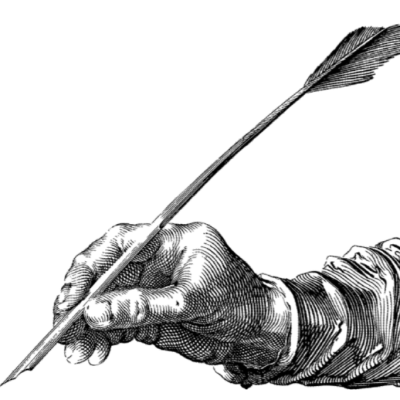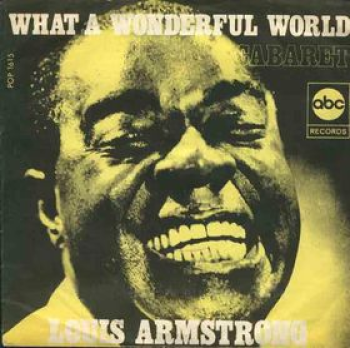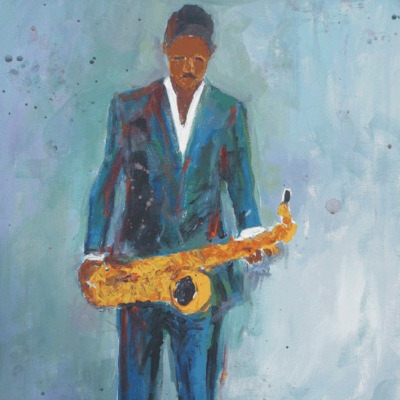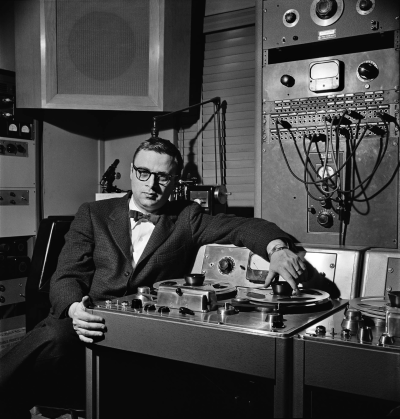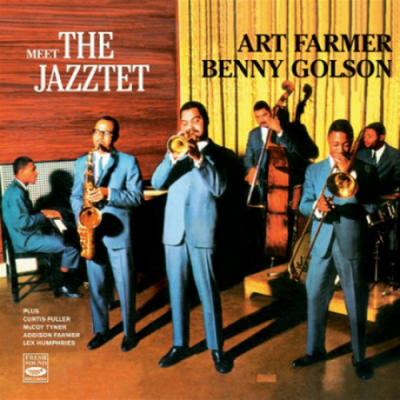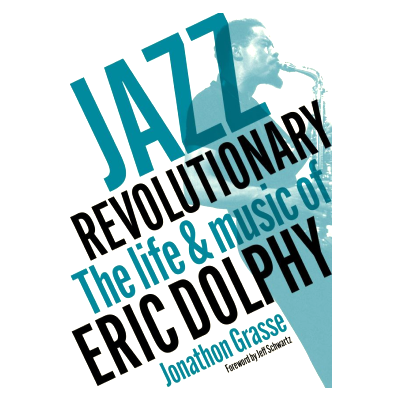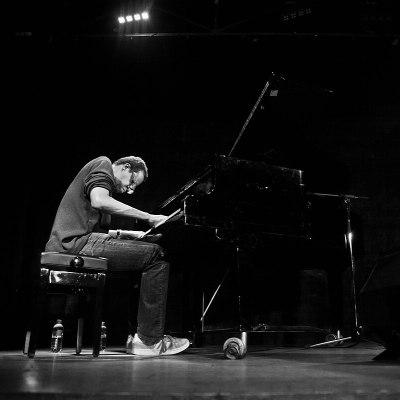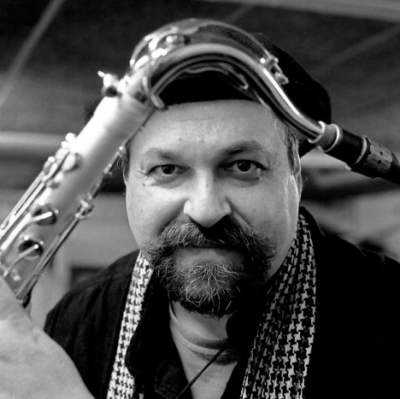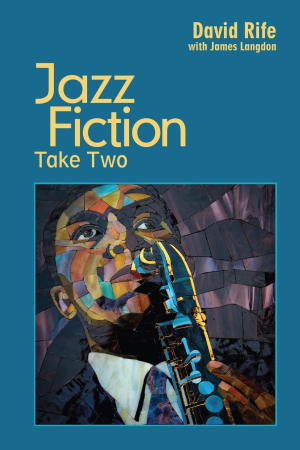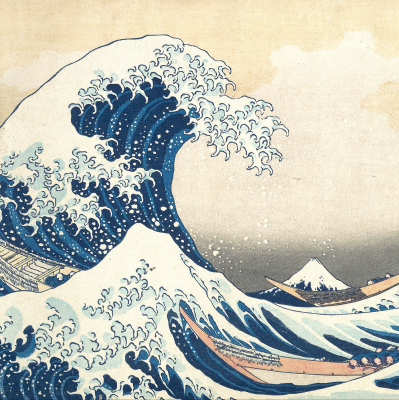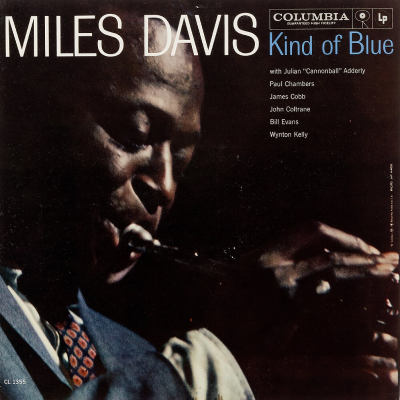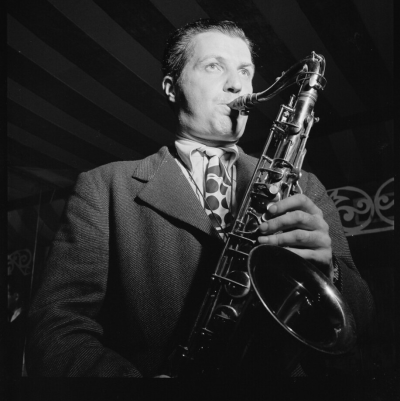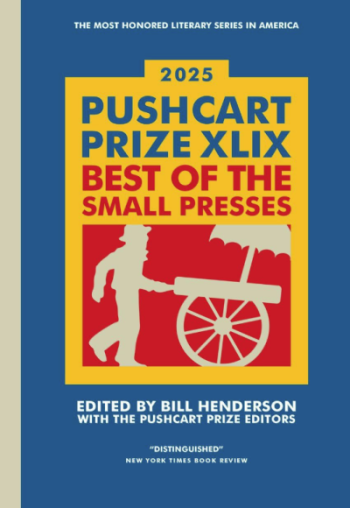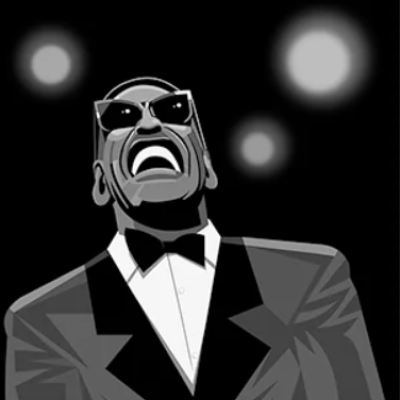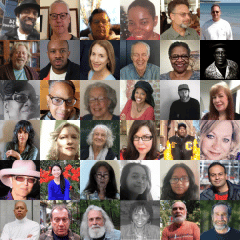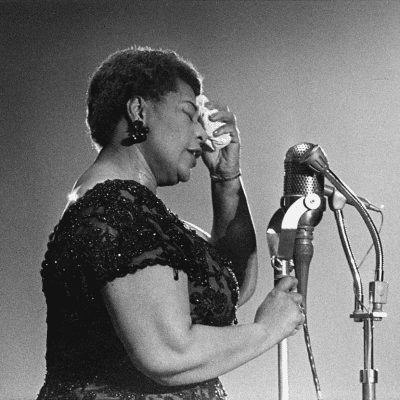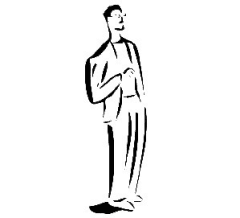.
.
.
…..Jazz in Available Light, Illuminating the Jazz Greats from the 1960s, ’70s, and ’80s is one of the most impressive jazz photo books to be published in a long time. Featuring the brilliant photography of Veryl Oakland — much of which has never been published — it is also loaded with his often remarkable and always entertaining stories of his experience with his subjects.
…..With the gracious consent of Mr. Oakland — an active photojournalist who devoted nearly thirty years in search of the great jazz musicians — Jerry Jazz Musician regularly publishes a series of posts featuring excerpts of the photography and stories/captions found in this important book.
In this edition, Mr. Oakland’s photographs and stories feature John McLaughlin and Carlos Santana
.
.
.
All photographs copyright Veryl Oakland. All text excerpted from Jazz in Available Light, Illuminating the Jazz Greats from the 1960s, ’70s, and ’80s
.
You can read Mr. Oakland’s introduction to this series by clicking here
.
.
_____
.
.
The Coltrane Connection
.
© Veryl Oakland
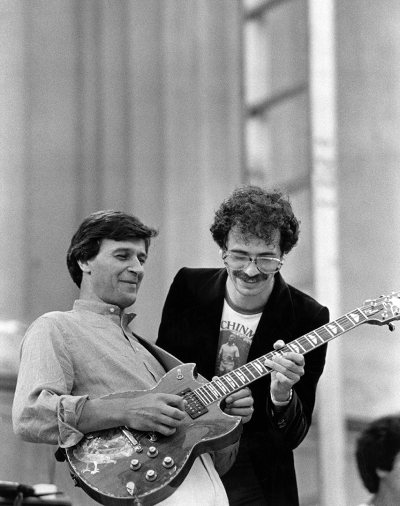
.
John McLaughlin and Carlos Santana
Berkeley, California
.
…..It was a most unlikely collaboration. One guitarist was from England, the other from Mexico. John McLaughlin grew up with Bach, Beethoven, and Brahms. Carlos Santana was immersed in the Latin sounds. Despite their geographical distances and disparate musical influences, both were passionate devotees of the same legendary jazz icon.
…..The two met in the early 1970s, when McLaughlin was touring with his Mahavishnu Orchestra, the jazz fusion band’s name given to him by his religious teacher, Sri Chinmoy. For several years, each would embrace the Eastern spiritual values espouses by the Indian guru.
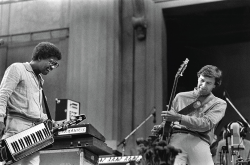
Herbie Hancock and John McLaughlin
…..But the most lasting and endearing musical bond tying the two together was a “devotional awareness” to the recognized leading tenor/soprano saxophone voice of the 1950s and 1960s, John Coltrane. It was his historic album A Love Supreme, that brought out the guitarists’ shared artistic affinity for the jazz giant. As a way to pay their personal respects, they recorded Love Devotion Surrender on Columbia in 1973, which included their own renditions of Coltrane’s memorable compositions, “A Love Supreme” and “Naima.”
…..After going their separate ways, years after their special tribute to Coltrane, McLaughlin and Santana would occasionally cross paths. It was an unusual set of circumstances on May 25, 1980, near the end of the Berkeley Jazz Festival’s final afternoon concert, that not only brought the two guitarists together, but turned a potential day of disappointment into dizzying delight.
…..Earlier, one of the backstage staffers told me that because of some programming changes, the festival had a couple of surprises in store. He suggested that I “…might want to stick around until the end.”
…..Among those originally scheduled that day was John McLaughlin, who had completed an earlier duo guitar set with the Frenchman Christian Escoude. The much-anticipated Art Ensemble of Chicago (AEC) – with their choreographed costumes and wide assortment of horns and other instruments – had also been booked but didn’t perform.
…..To fill the programming void, pianist Herbie Hancock and an all-star rhythm section were introduced to take the festival to a rousing finale. Midway through Hancock’s set, as McLaughlin reappeared onstage, Herbie left the keyboards set-up, grabbed a strapped-on keytar, and launched into a heated exchange with the guitarist.
…..As the twosome brought the Greek Theatre to its feet, an unannounced, unexpected Carlos Santana walked out – without his ax – and proceeded to share the playing of McLaughlin’s guitar. Each took turns controlling the instrument while the other performed the fingering duties. Nobody was expecting this, and the response was immediately electric – the crowd rose as one, cheering wildly. It was a rousing finale to a rollicking afternoon.
.
© Veryl Oakland

.
John McLaughlin
Guitar, composer
Born: January 4, 1942
.
.
© Veryl Oakland
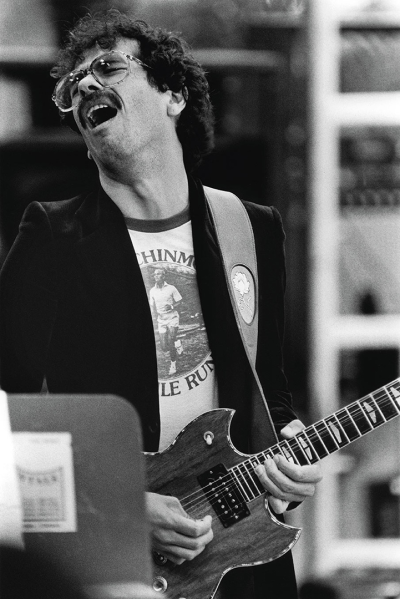
Carlos Santana
Guitar, composer
Born: July 20, 1947
.
.
Listen to the 1973 recording of John McLaughlin and Carlos Santana playing “A Love Supreme,” from their album Love Devotion Surrender [Columbia]
.
.
_____
.
.
Click here to read the edition featuring Stan Getz, Sun Ra and Carla Bley
Click here to read the edition featuring Art Pepper, Pat Martino and Joe Williams
Click here to read the edition featuring Yusef Lateef and Chet Baker
Click here to read the edition featuring Mal Waldron, Jackie McLean and Joe Henderson
Click here to read the edition featuring Dexter Gordon, Art Farmer and Johnny Griffin
Click here to read the edition featuring Thelonious Monk, Paul Bley and Cecil Taylor
Click here to read the edition featuring drummers Jo Jones, Art Blakey and Elvin Jones
Click here to read the edition featuring Monk Montgomery and the jazz musicians of Las Vegas
Click here to read the edition featuring Sarah Vaughan and Better Carter
.
.
.
All photographs copyright Veryl Oakland. All text and photographs excerpted with author’s permission from Jazz in Available Light, Illuminating the Jazz Greats from the 1960s, ’70s, and ’80s
.
You can read Mr. Oakland’s introduction to this series by clicking here
Visit his web page and Instagram
.
.
.</






